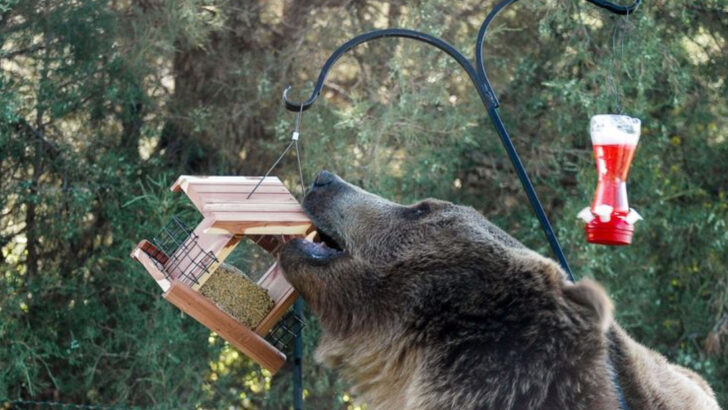That rustling last night?
It might not have been the wind.
If your garbage is toppled, the bird feeder’s missing, and your dog won’t stop pacing—there’s a real chance a bear paid you a visit. And not just any bear, but one bold enough to wander into your backyard.
These heavyweight lurkers leave behind clues—big, smelly, unmistakable clues.
Broken branches. Massive paw prints. Scat you really don’t want to step in.
And if you spot claw marks on a tree trunk?
That’s not a squirrel workout routine.
Whether you live near a forest or thought your neighborhood was “safe,” bears don’t check Google Maps. They’re looking for food—and fast.
So how do you know if they’ve been around?
And more importantly—what should you never do next?
Let’s get you bear-smart before the next furry visitor shows up uninvited.
Large Footprints
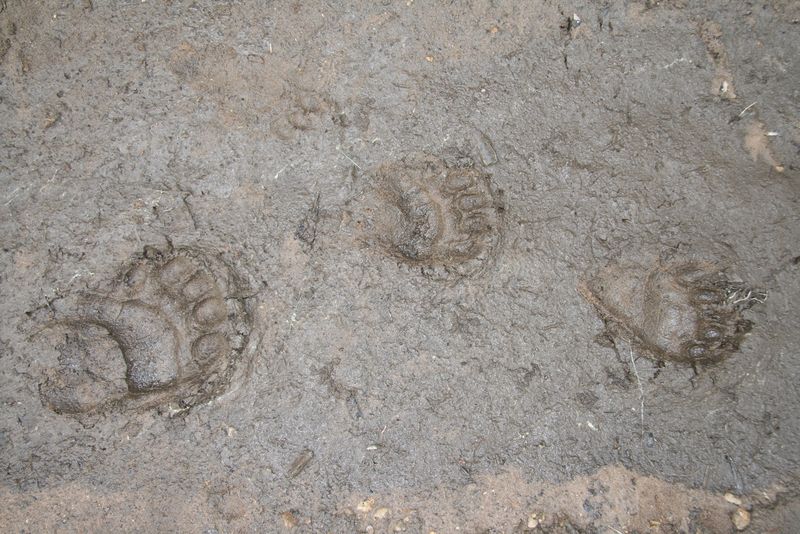
In the early morning light, you might notice large, distinct footprints etched in the soil. These aren’t ordinary tracks; their size and the clear presence of claw marks make them unmistakably bear-like. Walking through mud or soft ground, a bear’s paw leaves an impression similar to a giant stamp.
If you come across such footprints, it’s essential to measure and document them without disturbing the site. Photographing these tracks can also provide valuable information for local wildlife authorities, assisting them in tracking bear movements in your area.
Search for “bear footprints identification” to compare tracks.
Scattered Trash

Imagine waking up to your trash cans overturned, with garbage strewn across the yard. This chaotic scene is a telltale sign of a bear’s visit. Bears have an acute sense of smell and are often attracted to the scent of food in garbage cans.
To minimize risks, secure your trash in bear-resistant containers and keep them indoors until collection day. Cleaning the area promptly can also discourage repeated visits.
Broken Bird Feeders

The sight of a destroyed bird feeder, with seeds scattered beneath a tree, might be more than just an inconvenience. Bears, drawn by the high-calorie content of birdseed, often target these feeders.
It’s crucial to remove bird feeders entirely during bear season or at least hang them high out of a bear’s reach. This simple step can help reduce bear attractants around your home.
Claw Marks on Trees
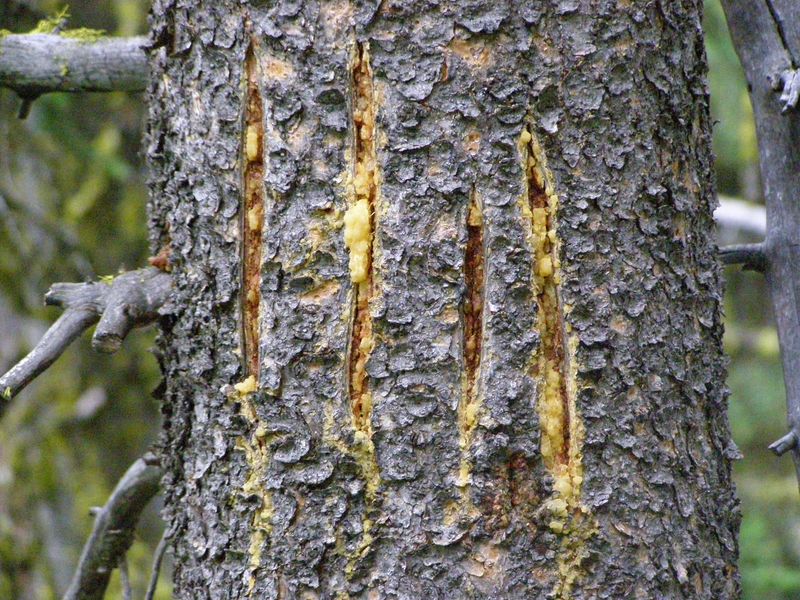
Strolling through your yard, you might spot deep gouges in tree bark. These claw marks are not merely decorative; they signal a bear’s presence. Bears often mark trees as territorial signals or while foraging for insects.
Inspecting your trees for such signs can give insights into bear activity in your area. Documenting these marks helps local wildlife authorities monitor and manage bear populations effectively.
Bear Scat
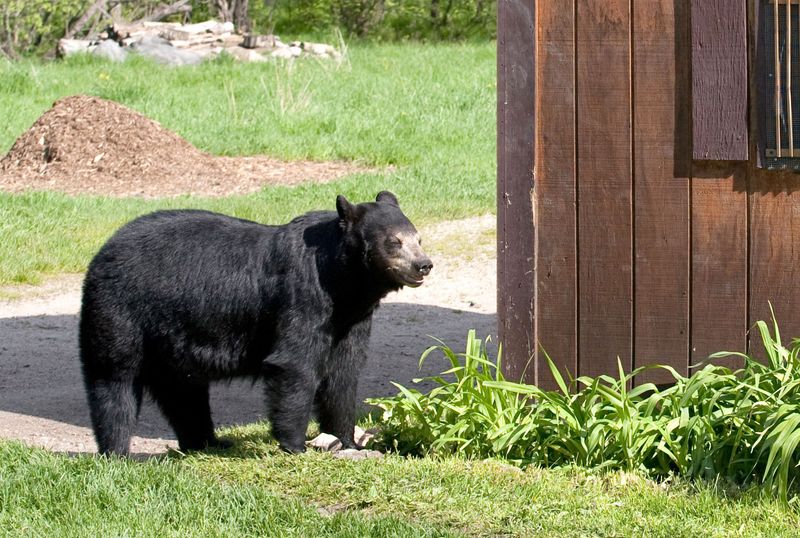
Finding bear scat in your backyard might not be pleasant, but it is a significant sign. This droppings contain seeds, berries, and hair, offering clues to a bear’s diet and health. Bears often leave scat in open areas, marking their presence.
While it may be tempting to remove it immediately, taking a photo and reporting it to local wildlife authorities can aid in monitoring efforts. Handling scat requires caution, as it can contain pathogens.
Disturbed Compost Piles

An overturned compost pile with vegetable scraps scattered is a strong indicator of a bear’s nocturnal raid. Bears are drawn to the rich scent of decomposing organic matter, making compost piles a perfect target.
To avoid future disturbances, consider using secure compost bins and mixing compost thoroughly to reduce odors. This simple action can deter bears from exploring your backyard.
Damaged Fences

A fence with broken planks and scratch marks is a silent testament to a bear’s attempt to explore your yard. Bears may break through fences in search of food or simply out of curiosity.
Repairing and reinforcing your fences with sturdy materials can prevent future intrusions. Installing motion-activated lights or alarms can also serve as deterrents.
Honeycomb Remnants
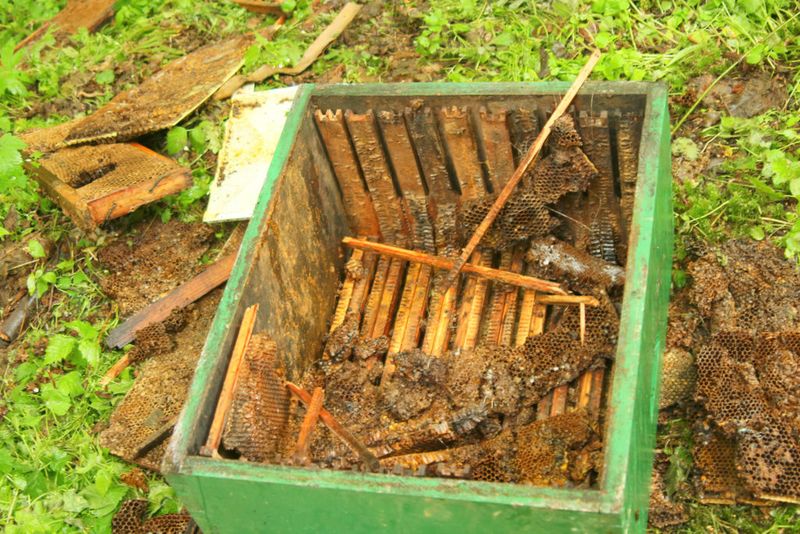
Finding honeycomb remnants scattered near a beehive may indicate a bear’s sweet intrusion. Bears have a penchant for honey and will go to great lengths to access it, often leaving behind a mess of broken combs.
Protecting beehives with electric fencing can prevent bear raids. This not only safeguards your honey supply but also ensures the well-being of local bear populations.
Nearby Fur Tufts

Discovering tufts of fur on a fence or shrubbery can be an unusual, yet telling, sign of a bear’s passing. These remnants can indicate where a bear squeezed through tight spaces.
While finding fur might seem trivial, collecting and reporting samples to wildlife authorities can assist in studying local bear populations.
Mangled Fruit Trees
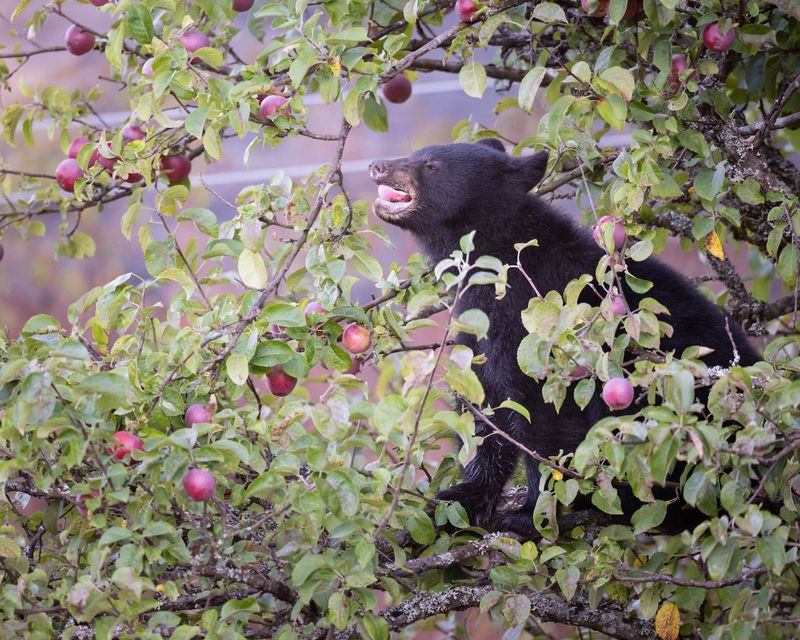
Fruit trees with broken branches and claw marks are a clear indication of a bear’s appetite. Bears are attracted to ripe fruits and might climb or shake trees to access them.
To protect your fruit trees, consider installing electric fencing or harvesting fruits promptly before they attract wildlife.
Water Sources with Prints
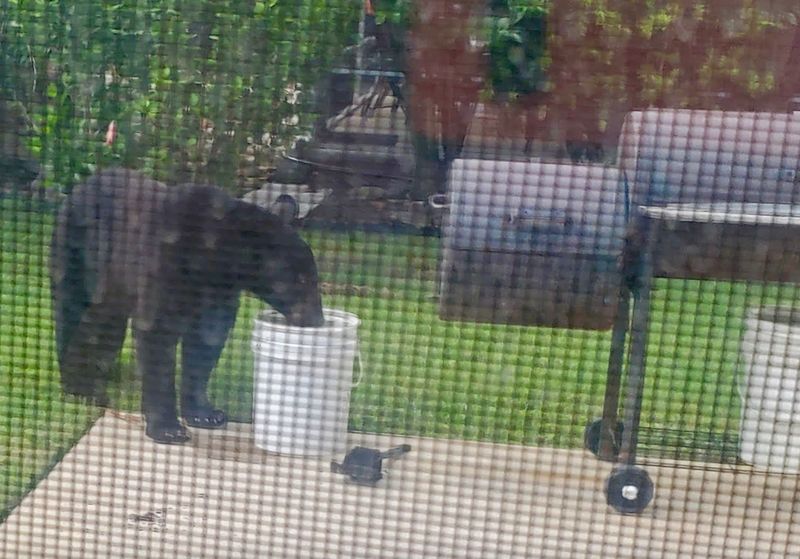
Muddy paw prints around a water source like a pond or birdbath suggest a bear’s recent visit for a drink. Bears require water and might use your backyard’s features during their wanderings.
Maintaining water sources by cleaning them regularly can help prevent contamination from wildlife visits, safeguarding both animal and human health.
Nocturnal Wildlife Activity

A wildlife camera capturing nocturnal footage of a bear reveals more than just its presence; it offers insight into its movements and habits. Setting up such cameras allows homeowners to monitor wildlife discreetly.
Capturing these moments not only provides thrilling glimpses of nature but also aids in planning safety measures. Sharing footage with local wildlife experts can help track and protect these creatures.

